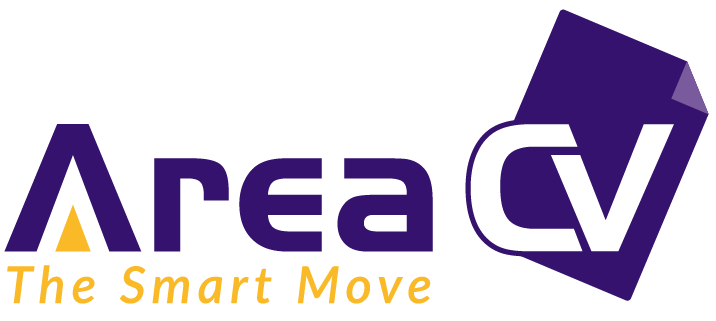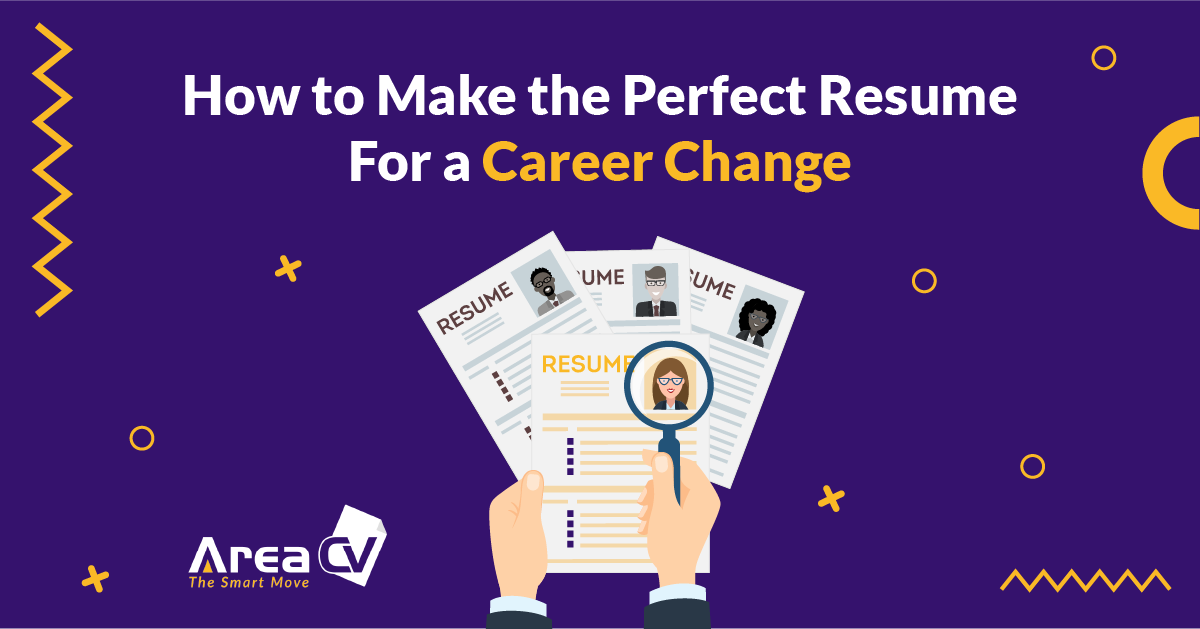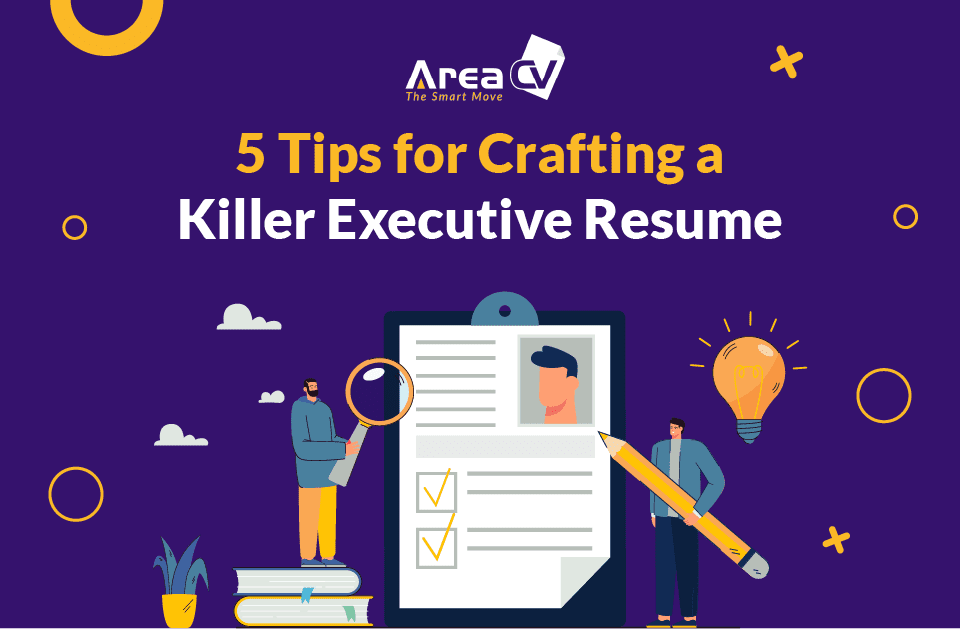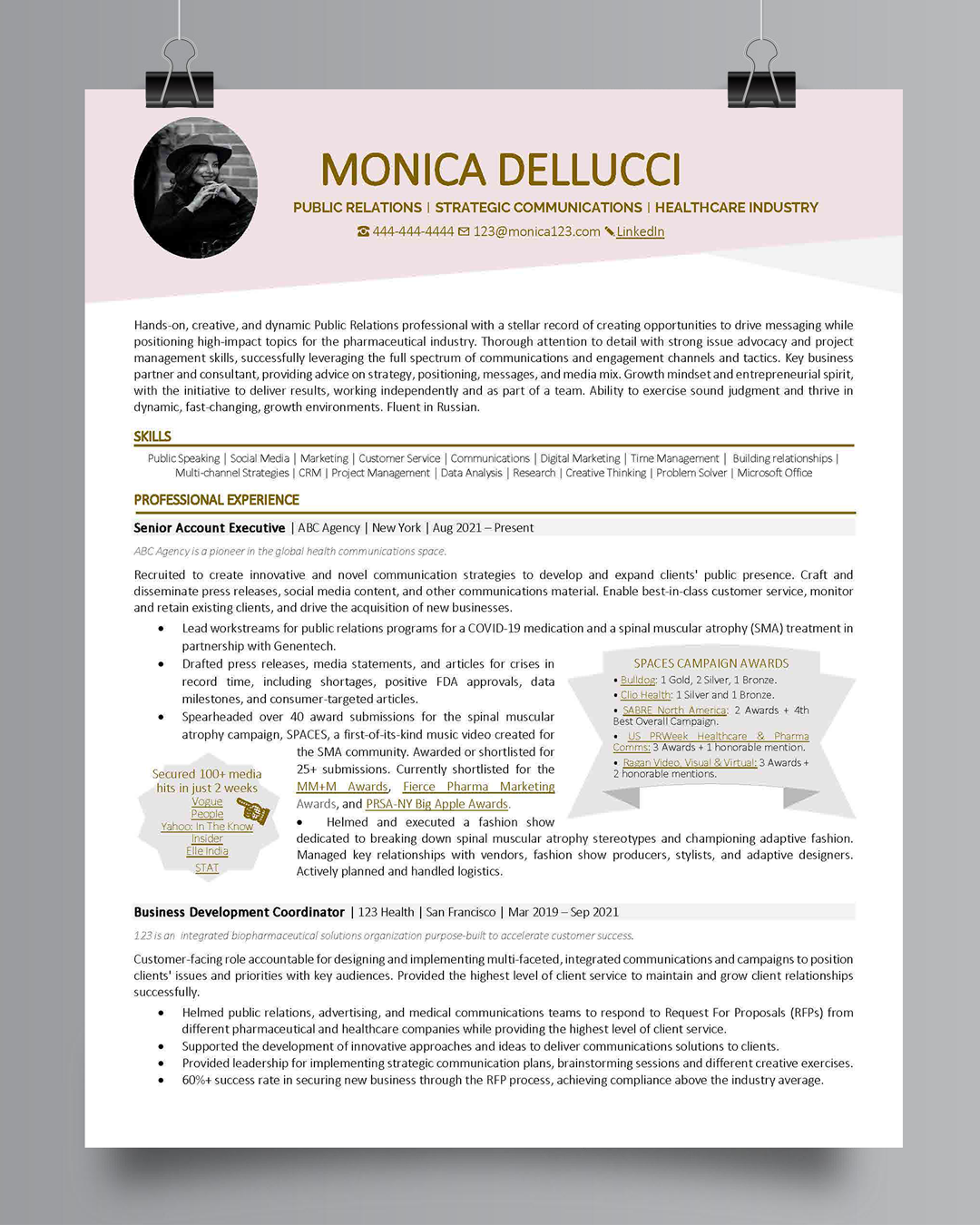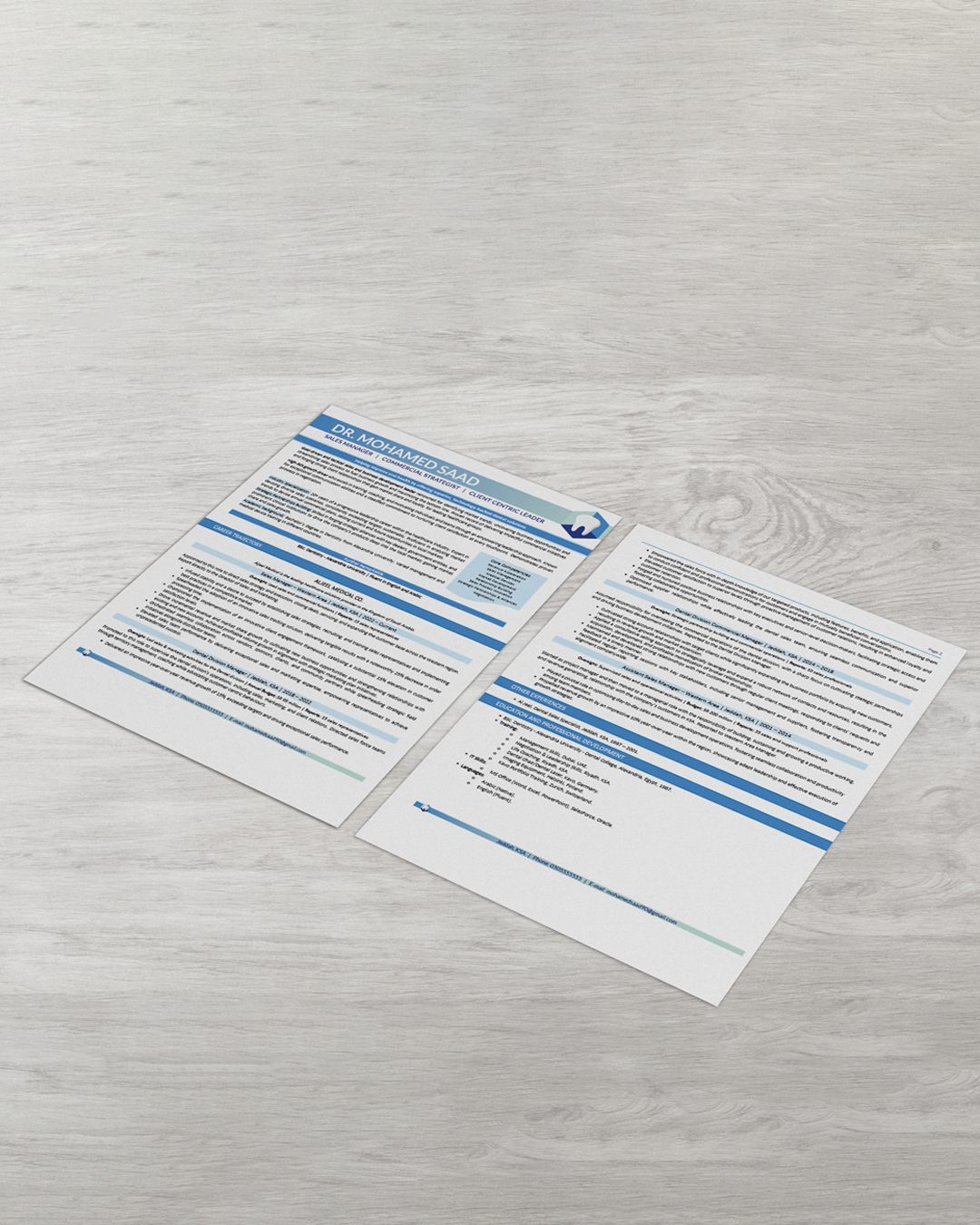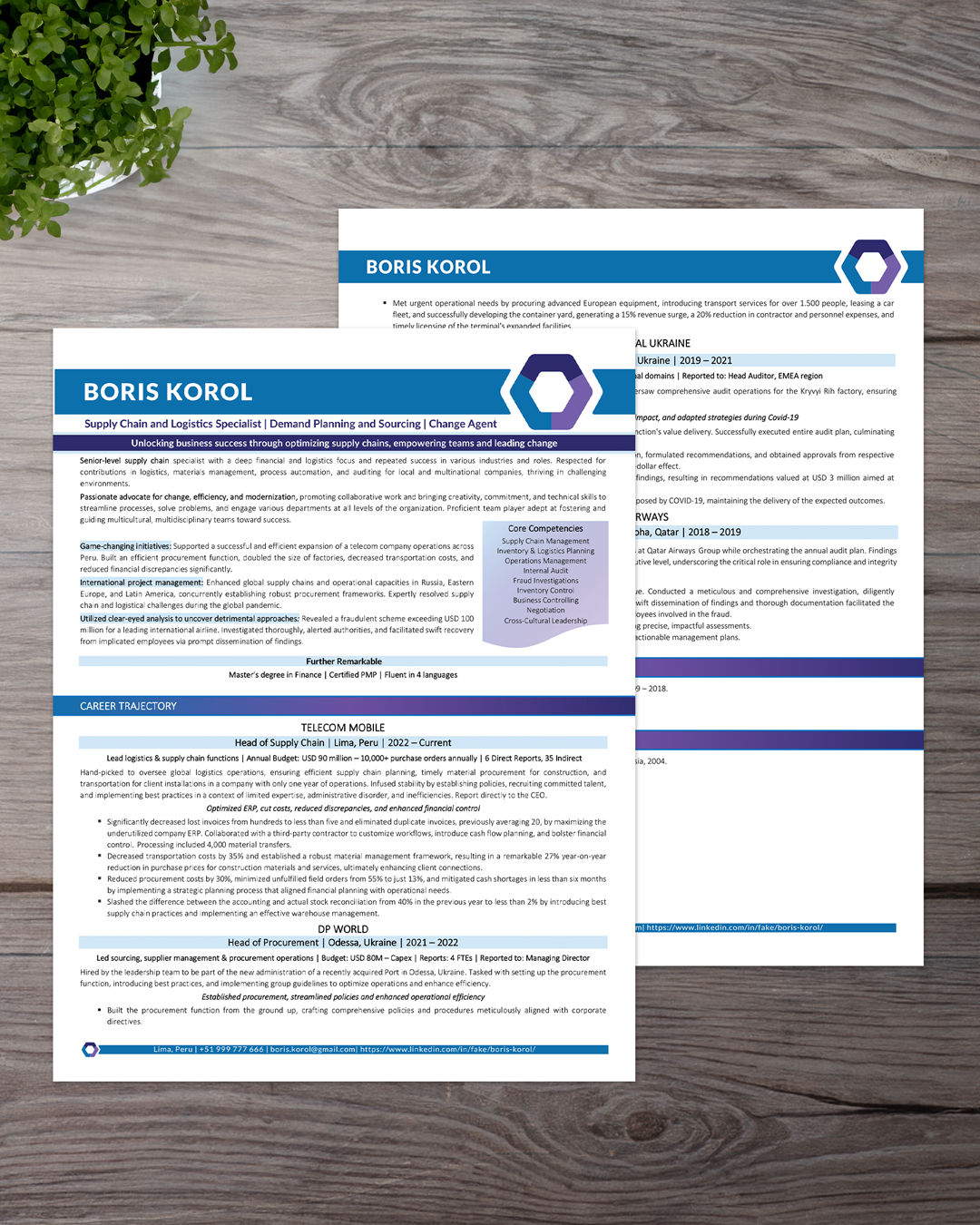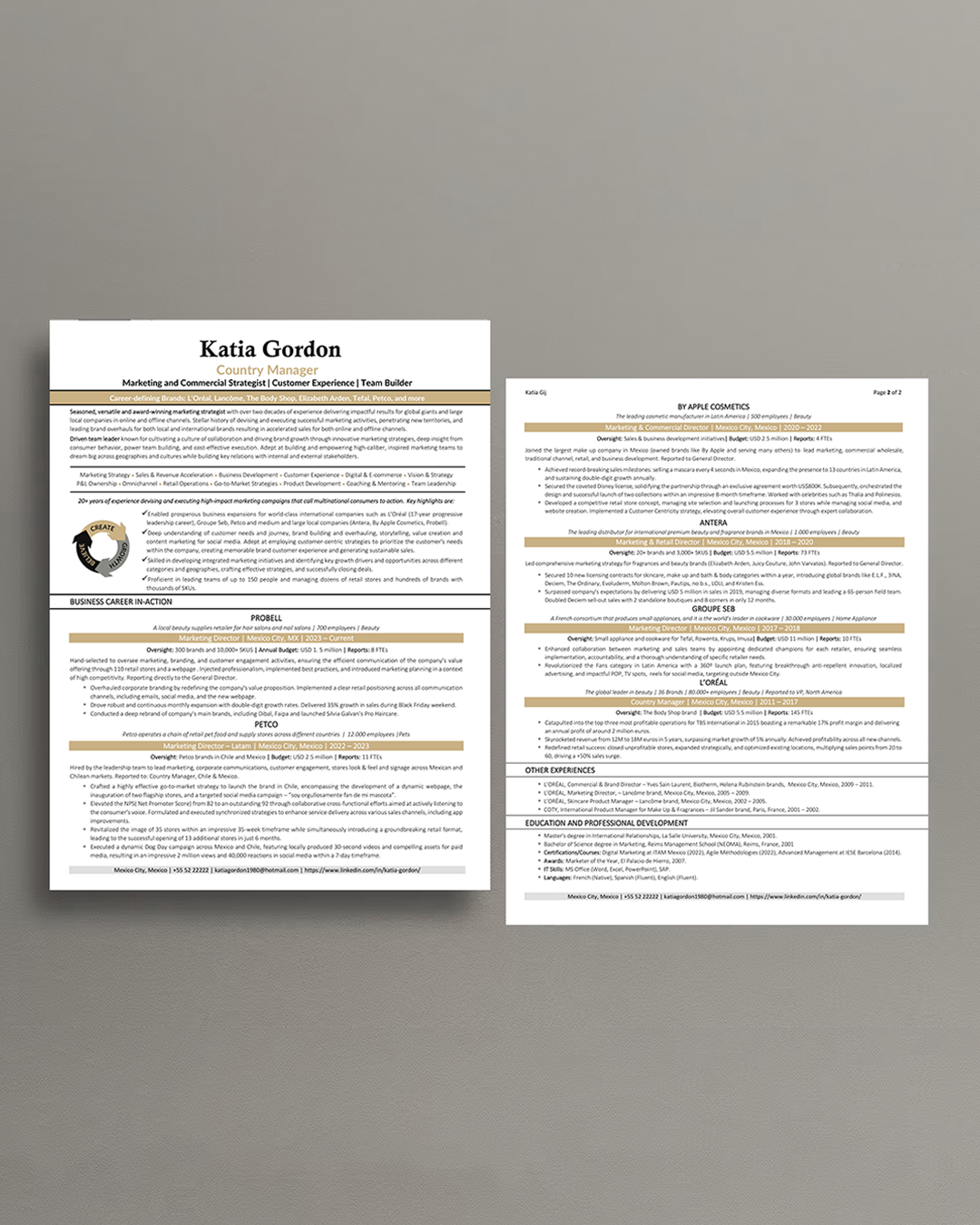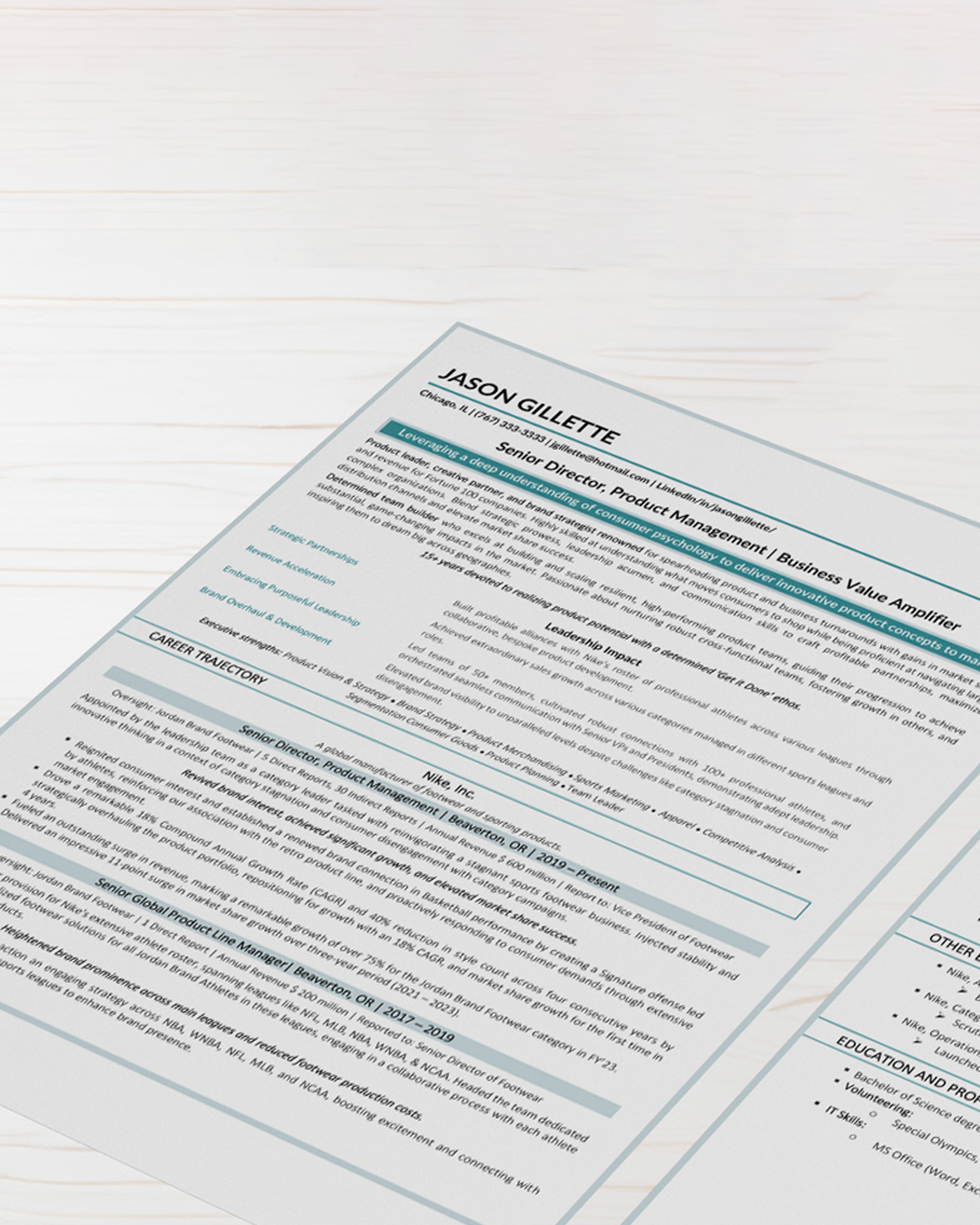


Unlocking LinkedIn Success: 5 Profile Optimization Tips
September 29, 2023


Contributing Writer (Remote)
October 19, 2023Professionals are estimated to change jobs, on average, approximately 10 to 15 times throughout their entire career. This number includes job changes within the same career as well as career changes.
Imagine a world of thrilling possibilities, where switching career paths opens the door to exciting opportunities, enriching experiences, and even a potential boost in your income. But let’s be real—it’s not always a walk in the park, especially when you’re venturing into uncharted territory. When you’re gearing up for a leap into a completely different field, aside from thorough research and uncovering those hidden gems of opportunity, there’s a vital step that should be at the forefront of your game plan: the art of resume transformation.
Navigating a career change with your current resume can be challenging. Before making that leap, you must ensure that you have a CV that will help you create more opportunities in the new path you have chosen.
Making the perfect resume for a career change
Preparing a well-crafted resume is key to showing your potential employer why you wish to make a change, what you bring to the table that will benefit their team and the company, and what this change represents for you. A well-crafted resume, brimming with your career narrative, not only impresses potential employers but also equips you to confidently stand out in the candidate pool.
Usually, job seekers face two big questions when looking for a career change:
- How should I craft my work history for maximum impact?
- How do I illuminate my worth as a candidate, even in a new field/role/industry, where my experience is limited?
To succeed in a career shift, it’s crucial to highlight your transferable skills for the role ahead. Crafting an effective resume for your career transition involves four key steps:
.Step 1: Conduct a Gap analysis
Begin this process by reverse-engineering the job description. Try finding a job description at the company where you work or conducting research on the Internet. Look for job descriptions within several different industries, so you’ll be able to see a wide variety of job requirements associated with that position.
Now, delve into analysis mode. What knowledge does the job require? What skills are being sought? How much experience is requested? Minimum education? Certifications? This detective work lays the groundwork for a proper application.
Here comes the gap analysis, which should serve as your compass when you venture into uncharted waters. Each job requirement versus your skills, knowledge, experience, education, and certifications: where do they align, and where’s the gap? Maybe it’s that elusive MBA, a requirement for a high-flying position, or perhaps it’s the years of personnel management that you haven’t fully accumulated yet.
List those gaps. Now, the real adventure begins – crafting your plan of action. Missing the education mark? Night classes beckon. Lacking a certification? Find the path to that coveted credential. Short on leadership experience? Map out roles that build your competence, stepping stones to your dream job.
Your career shift isn’t just a journey; it’s a quest. And in this quest, every gap you bridge brings you closer to your new horizons.
Step 2: Position Yourself For The New Job
The next step in preparing for a career change involves aligning your skills with the prerequisites outlined in the job description. Here’s a step-by-step approach:
- Analyze the job description to identify required skills.
- Rewrite these skills to be applicable across different sectors.
- Compare these skills to your own qualifications and experiences.
- Find similarities between the job requirements and your past accomplishments.
- Anticipate your potential responsibilities in the new role and relate them to your past experiences.
Support your skills with specific examples. For instance, instead of stating, “I’m a good team leader,” highlight your achievement, like, “Led a 12-person team, achieving a 12% cost reduction in 18 months by implementing innovative cost control initiatives.”
Additionally, don’t overlook skills gained from personal experiences like coaching sports teams, volunteering, or extensive travel, which can demonstrate qualities such as mentoring, leadership, financial acumen, cultural awareness, and project management. With these identified transferable skills, the next step is effectively conveying them on your resume to impress recruiters.
Step 3: Adjust Your Resume for a career change
- Summary
To craft an effective resume summary for a career change:
- Support your claims with specific data and relevant technology proficiency.
- Incorporate strategic keywords from the job description to enhance your chances with applicant tracking systems (ATS).
- Keep your summary concise, typically limiting it to three sentences.
- Highlight how your previous experience can benefit your new role, showcasing a unique perspective and making you stand out from other candidates. For instance, mental health counseling experience can be an asset when transitioning to an academic adviser position.
Here are some samples of effective career change summaries:
Customer Service to Sales:
“Ambitious and reliable professional with 10 years of professional experience in the technology industry. Demonstrated exceptional client management and customer service skills to attract consumers and increase brand loyalty. Seeking a sales representative position with Mundrow-Kramer Electronics to apply technical expertise and exceed sales quotas on cellular products.
Secondary Education to Diversity and Inclusion:
“Dedicated to opening opportunities for under-represented populations, breaking down barriers, and acting as an agent of change. Empathetic communicator and passionate advocate for the marginalized with deep understanding of other cultures.”
From Healthcare Leadership to International Health Consultancy:
“Public health and health service specialist with solid experience in leading and reforming multiple aspects of health services and operations, including optimizing patient care, improving care models and IT systems implementation. A change-maker who knows for-profit, not-for-profit and fragile environments, with considerable success in facilitating frameworks for sustainable health programmes, leading multidimensional teams and mobilizing funds that kick-start or sustain operations. Background in nursing and global health.”
- Skills
When you’re switching careers, showcasing your skills is a must. Build a strong skills section that matches the job’s needs. Just remember to keep it real. If you’ve picked up some software skills, flaunt them. But if you’re new to the game, focus on your transferable and soft skills to stand out.
- Experience
Use your work experience to highlight transferable skills. These are your golden ticket when leaping into a new career arena, even if you’re short on direct experience. Identify nuggets of expertise from your past roles that align with your new industry, and then spotlight them in bullet points within your experience section to showcase your versatile prowess.
While detailing your past job responsibilities, seize the chance to emphasize pertinent skills and roles. Be discerning in your choices, focusing on showcasing your most applicable experiences. For instance, a marketing professional transitioning to a career in project management might emphasize their experience in developing and executing marketing campaigns as evidence of their project planning and organizational skills. This showcases their ability to effectively manage tasks and teams in their new role.
In a previous post, we discussed how to make achievements stand out by incorporating metrics and presenting context. This same technique can also be applied to highlight key results, focusing on the outcomes rather than the surrounding context.
- Emphasize relevant training/certifications
You can also use your resume education section to highlight transferable skills you picked up during your education/training. If you completed relevant coursework that makes a strong case for you to get a job in your new industry, add it to your work experience section.
Step 4: Adjust Your Cover Letter/LinkedIn Profile
A cover letter clarifies why you’re switching careers, conveying your sincere interest and commitment to the new role, which provides crucial context to potential employers. It enables you to highlight transferable skills, demonstrating how your previous experiences align with the requirements of the new position and reassuring employers about your suitability.
WANT TO CREATE A RESUME FOR CAREER CHANGE SUCCESS?
Area CV is the trusted partner for transforming your resume into a into a strategic career catalyst.
.
